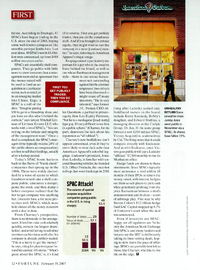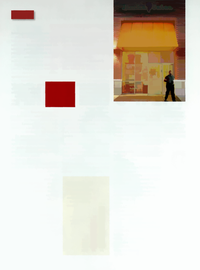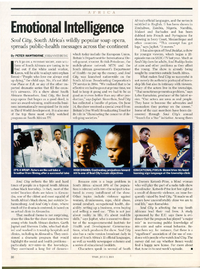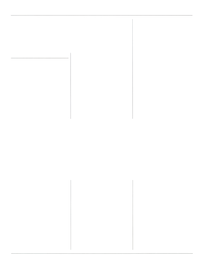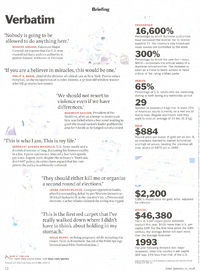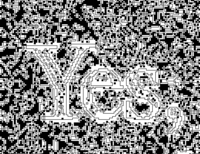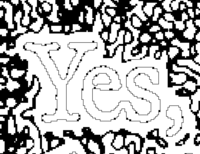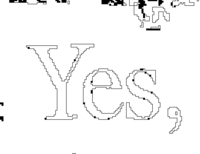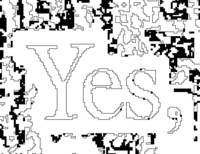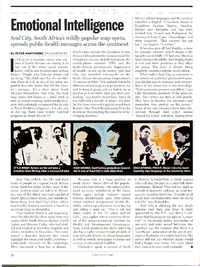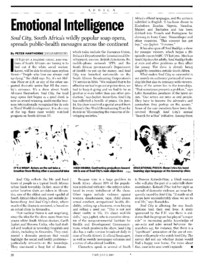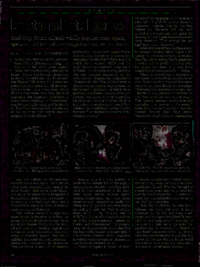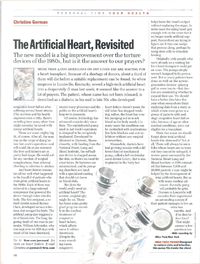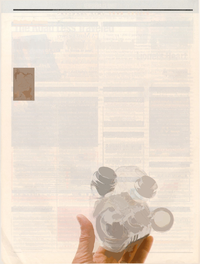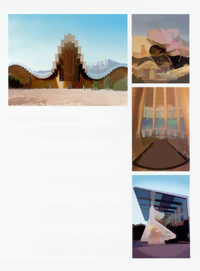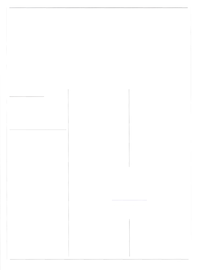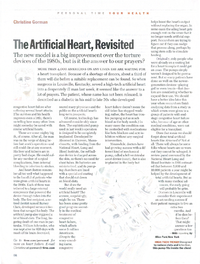Resources for the DAS 2014 submission
From LRDE
- Authors
- Guillaume Lazzara, Thierry Géraud, Roland Levillain
- Where
- Proceedings of the 11th IAPR International Workshop on Document Analysis Systems (DAS)
- Place
- Tours, France
- Type
- inproceedings
- Projects
- Olena
- Date
- 2013-12-10
Abstract
Mathematical morphology, when used in the field of document image analysis and processing, is often limited to some classical yet basic tools. The domain however features a lesser-known class of powerful operators, called connected filters. These operators present an important property: they do not shift nor create contours. Most connected filters are linked to a tree-based representation of an image's contents, where nodes represent connected components while edges express an inclusion relation. By computing attributes for each node of the tree from the corresponding connected component, then selecting nodes according to an attribute-based criterion, one can either filter or recognize objects in an image. This strategy is very intuitive, efficient, easy to implement, and actually well-suited to processing images of magazines. Examples of applications include image simplification, smart binarization, and object identification.
Documents
Warning: Display title "Resources for the DAS 2014 submission" overrides earlier display title "Planting, Growing and Pruning Trees: Connected Filters Applied to Document Image Analysis".
This page gathers resources related to the article entitled Planting, Growing, and Pruning Trees: Connected Filters Applied to Document Image Analysis submitted to the 11th IAPR International Workshop on Document Analysis Systems (DAS 2014).
Full Resolution Illustrations from the Paper
Click on image thumbnails to see the full resolution images.
Fig. 8: Comparison of an opening based on a structuring element and an algebraic opening.
|
Initial image. |
Structural opening (with a disc). |
Algebraic (area) opening. |
Fig. 9: Sample uses of connected operators.
|
(a) Filtering out everything but boxes. |
|
|
(b) Showing filtered lines. |
|
|
(c) An image featuring almost only text. |
|
Additional Illustrations
Zero-crossing contours of different Laplace operators
|
(a) Δ4 |
(b) LoG 17x17 |
|
(c) Δ□51 |
(d) Δ□17 |
Applying some applications upon the simplified tree structure
|
(a) Color input image. |
(b) Δ□51 |
|
(c) Simplification. |
(d) Binarization. |
Additional Results
Some morphological methods have been run on 63 document images from the PRImA Layout Analysis Dataset. Several results are proposed:
Click on image thumbnails to see the full resolution images.
Simplification
|
Simplification of color images.
|
Binarization
|
"Smart" binarization taking into account reverse video.
|
Identification
|
Images combining the result of several identifications: background (black), non-specific objects (%SILVER%light gray%ENDCOLOR% contours), object holes (%YELLOW%yellow%ENDCOLOR% contours), thin line separators (%GREEN%green%ENDCOLOR% contours), text boxes (%AQUA%light blue%ENDCOLOR% contours), noise (%RED%dark red%ENDCOLOR% contours) and spurious shapes (%GRAY%dark gray%ENDCOLOR% contours).
|
Show-through extraction
Boxes filtering
Lines filtering
Text filtering
Bibtex (lrde.bib)
@InProceedings{ lazzara.14.das,
author = {Guillaume Lazzara and Thierry G\'eraud and Roland
Levillain},
title = {Planting, Growing and Pruning Trees: {C}onnected Filters
Applied to Document Image Analysis},
booktitle = {Proceedings of the 11th IAPR International Workshop on
Document Analysis Systems (DAS)},
year = 2014,
address = {Tours, France},
pages = {36--40},
month = apr,
organization = {IAPR},
abstract = {Mathematical morphology, when used in the field of
document image analysis and processing, is often limited to
some classical yet basic tools. The domain however features
a lesser-known class of powerful operators, called
connected filters. These operators present an important
property: they do not shift nor create contours. Most
connected filters are linked to a tree-based representation
of an image's contents, where nodes represent connected
components while edges express an inclusion relation. By
computing attributes for each node of the tree from the
corresponding connected component, then selecting nodes
according to an attribute-based criterion, one can either
filter or recognize objects in an image. This strategy is
very intuitive, efficient, easy to implement, and actually
well-suited to processing images of magazines. Examples of
applications include image simplification, smart
binarization, and object identification. },
doi = {10.1109/DAS.2014.36}
}




